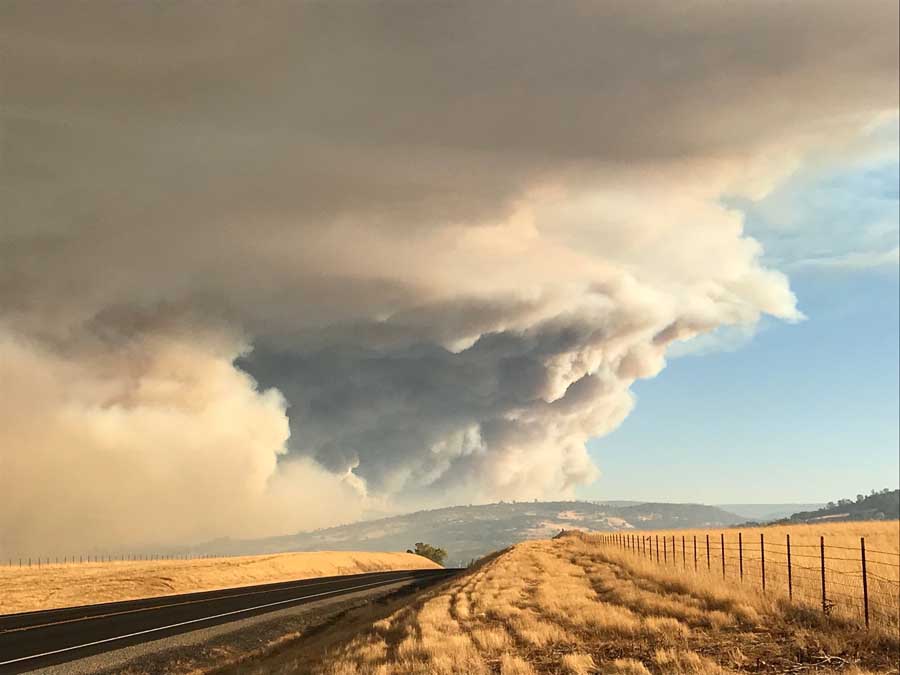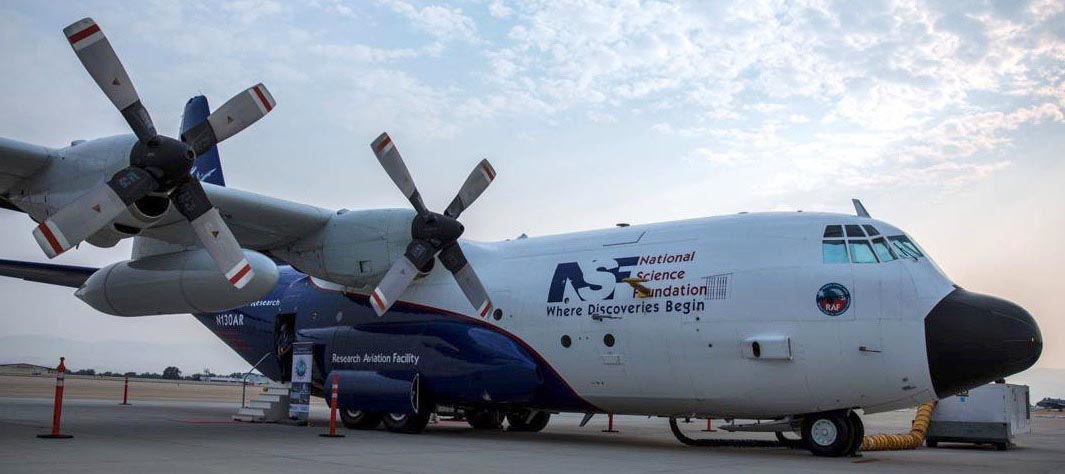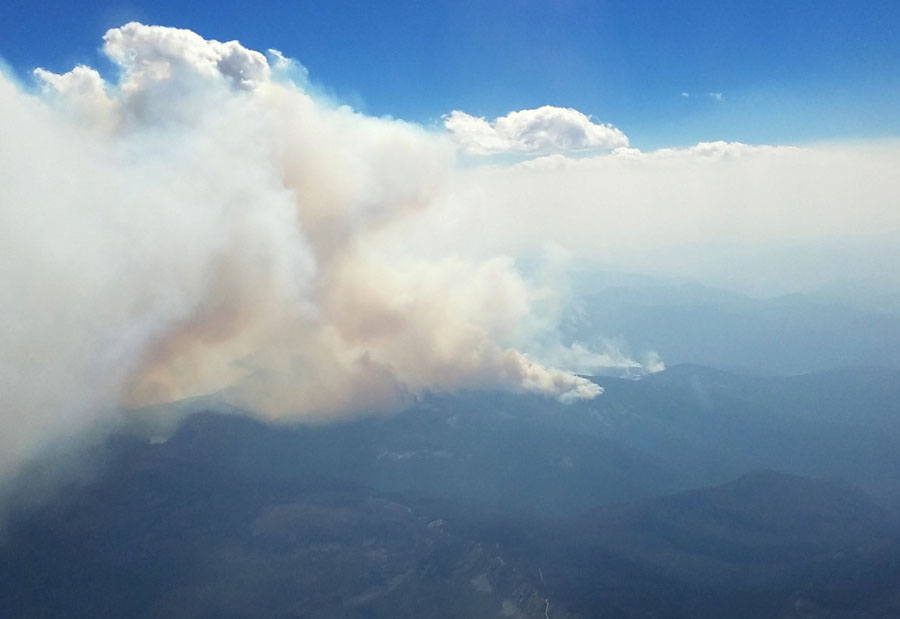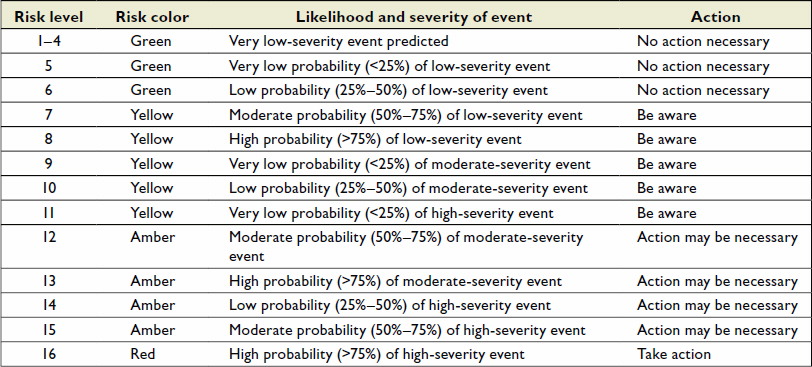One of our readers sent us information about a board game called “Hotshots”. This is the first I have heard of it and can’t make a recommendation one way or the other, but here is how it is described on the game’s website:
Crews of 1 to 4 players take on the roles of wildfire fighters (Crew Boss, Spotter, Swamper, and Sawyer) with special abilities and roll dice on burning terrain tiles to match the combinations shown on the tiles. The more faces you roll, the better you fight the fire. Choose to cut Firebreaks, which prevent fires from being spread by wind gusts, or push your luck to reduce Flames and possibly even generate Reward Tokens. If you bust and fail to match at least 3 of the 6 symbols on the tile, the fire grows. Another option is to maneuver Vehicles (Air Tanker, Helicopter, and Brush Rig) to save the forest.
Flame tokens are added at the end of each player’s turn by the draw of a Fire card, which can bring about light or strong wind gusts, increase the strength of the flames on certain tiles, and start fires. Too many Flame tokens will cause a tile to Scorch and be lost. Losing a terrain tile could also affect the game play. Some tiles are tied to crewmembers’ special abilities, while others help the firefighters and still others cause the fire to spread in unique ways. If 8 tiles or the Fire Camp Scorches, the game is over and the forest is lost. But if your intrepid crew can extinguish the fire, your team wins together.
The press-your-luck mechanic with ratcheting rewards creates a lot of great tension, and the variety of ways to fight the fire makes for interesting choices. The modular tile layout and Fire cards bring high replayability to the game, and the beautiful acrylic Flame tokens provide an enticing table presence.

Interestingly, the name of the company is Fireside Games. They list a dozen or so games on the website, and this is the only one that seems to be related to firefighting. They have a search function to find where it can be purchased locally, or you can get it online for $35. The shipping fee for my state was about $8.
The video below is a brief introduction to the game.
If you are familiar with this board game, tell us about it.
Thanks and a tip of the hat go out to Jim. Typos or errors, report them HERE.







